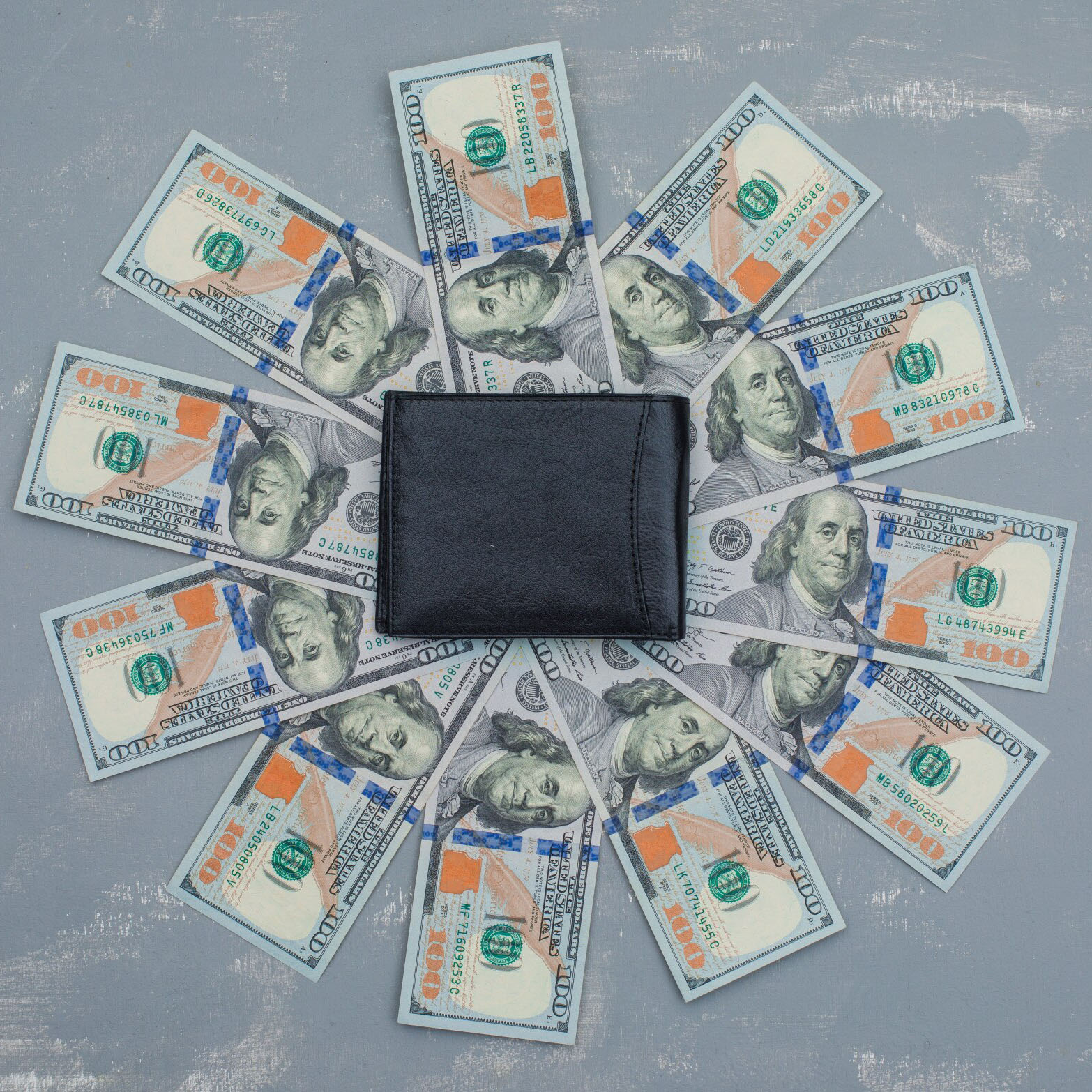How Does Cash Advance Work and Should You Get One?
Financial emergencies often require quick access to cash, and cash advances can seem like a convenient option. But how exactly do cash advances work? They come with specific costs and risks that you should understand before deciding to use them. In this post, we’ll cover the main types of cash advances, their expenses, associated risks, and alternatives you might consider. We’ll also share tips to help you manage cash advances responsibly.
Short Summary
- Cash advances tend to be expensive and risky. Familiarize yourself with fees, terms, and costs before proceeding.
- Consider alternatives like personal loans or borrowing from trusted sources, which may save money.
- Effective management of cash advances involves planning repayment, paying balances quickly, and exploring other options.

Understanding Cash Advances
A cash advance is a short-term borrowing option accessible via credit cards, merchant cash advances, or payday loans. Although they provide fast funds, these options carry considerable costs and risks, so it’s essential to understand how each works before use.
Below, we break down the most common cash advance types and their characteristics.
Credit Card Cash Advances

Credit card cash advances allow you to withdraw a portion of your available credit, often with high fees and interest rates. This limit, called the cash advance limit, dictates how much you can borrow. You can access these funds via ATMs, convenience checks, or bank visits. The cash advance amount reduces your available credit, plus applicable fees are charged. Interest rates on cash advances typically range from 17.99% to 29.99% APR and start accruing immediately—there’s no grace period.
Upfront fees usually are either a fixed amount or a percentage of the advance, often between $5 and $12 or 3% to 8%. Additional fees may apply for ATM use, foreign transactions, overdrafts, or returned checks. These fees, combined with high interest, make credit card cash advances costly.
Merchant Cash Advances
Small businesses may obtain merchant cash advances based on previous sales data and projected revenue. Repayments are made as a fixed percentage of daily sales, with a factor rate typically between 1.2 and 1.5.
While providing quick cash, these advances can strain cash flow, especially as repayments increase with higher sales, potentially impacting business operations.
Payday Loans
Payday loans are small, short-term loans intended to cover expenses until your next paycheck. They are structured as deferred presentment transactions and often carry extremely high interest rates, sometimes exceeding 390% APR.
Typically, payday loans include finance charges of $10 to $30 per $100 borrowed. Due to their costly and often predatory nature, payday loans should generally be avoided in favor of safer alternatives.
Costs and Risks of Cash Advances
Regardless of the type, cash advances come with significant costs and risks such as high interest rates, fees, and potential negative impacts on your credit score. Understanding these factors is vital before proceeding.
High Interest Rates
Cash advances have higher interest rates than standard credit card purchases, with interest starting to accrue immediately. Rates commonly range from about 17.99% to 29.99% APR, which makes borrowing via cash advances expensive.
Before taking a cash advance, consider whether the cost outweighs the benefit of immediate cash and explore less costly alternatives if possible.
Fees and Charges
In addition to interest, cash advances carry fees such as upfront cash advance fees, ATM fees, foreign transaction fees, overdraft fees, and returned check charges. These fees add up quickly and contribute to the overall expense of borrowing.
Impact on Credit Score
Taking a cash advance increases your outstanding balance and credit utilization ratio, potentially lowering your credit score. High utilization makes it harder to get future credit on favorable terms. Paying off cash advances quickly can reduce this risk and support healthier credit management.
How to Get a Cash Advance Loan with CCV Financial Relief LLC
CCV Financial Relief LLC facilitates access to cash advance loans by connecting borrowers with lenders from its network. To get started, complete the online inquiry form on their website with accurate details. CCV Financial Relief LLC then shares your information with potential lenders.
If a lender offers you a loan, you’ll receive a detailed agreement outlining loan amount, interest, fees, and repayment terms. Review these carefully before accepting. Funds are generally deposited directly into your bank account once the agreement is signed. Timely repayments as agreed are essential to avoid extra charges or credit damage.
Alternatives to Cash Advances
Before committing to a cash advance, consider other, less costly and less risky options such as personal loans, borrowing from friends or family, or using mobile banking apps offering quicker deposits and overdraft protection.
Personal Loans
Personal loans from banks or credit unions often feature lower interest rates, fixed repayment terms, and fewer fees than cash advances, making them easier to manage and budget for.
Borrowing from Friends or Family
Loans from friends or family might be more flexible and cheaper than cash advances but require clear communication to avoid misunderstandings that could harm relationships.
Title Loans
Title loans let you use your vehicle’s title as collateral. These secured loans typically have lower interest rates than cash advances but carry the risk of vehicle repossession if you default. Both title loans and cash advances should be used cautiously and only for short-term needs.
Tips for Managing Cash Advances
If you choose a cash advance, manage it carefully to reduce costs and risks. Create a clear repayment plan, pay off your balance quickly, and always consider alternatives.
Creating a Repayment Plan
Calculate what you owe and what you can pay monthly. Discuss options with your lender, including possible reduced rates or extended terms. Stick to the plan, keep records, and revisit it as needed.
Paying Off the Balance
Pay down the advance as fast as possible to minimize interest and protect your credit. Avoid using the cash advance for non-essential expenses to stay on track.
Summary
Cash advances provide quick cash during emergencies but come with high costs and risks. Understanding their types, expenses, and alternatives empowers you to make better financial decisions. If you take a cash advance, manage repayment diligently and explore safer options whenever possible.
Frequently Asked Questions
Cash advances won’t directly hurt your credit score, however, they can lead to future credit issues.
Your cash advance balance will be added to your credit card debt and, if it pushes your credit utilization ratio too high, this could lower your credit scores.
Taking out a cash advance on a credit card can be costly, with high interest rates, possible fees, and limited repayment options. They can also negatively impact your credit score if you don’t pay them back quickly and add to your overall debt load.
Finally, cash advances offer no grace period, meaning interest starts accumulating right away.
For a cash advance, you’ll pay an additional flat fee of 3-8% of the total amount plus interest that will start accruing immediately.
A credit card cash advance is a way to access cash from your credit card account. This option comes with associated costs and limits, so it’s important to weigh the pros and cons before taking one.
Cash advances can be a convenient way to access funds in a pinch, but it’s important to understand the associated costs and limits before taking one. Make sure to consider the following.
Cash advances are considered expensive due to their high interest rates, fees, and potential negative impacts on credit scores.
These costs can add up quickly, making it difficult to pay back the loan in a timely manner. It is important to understand the terms and conditions of a cash advance before taking one out.